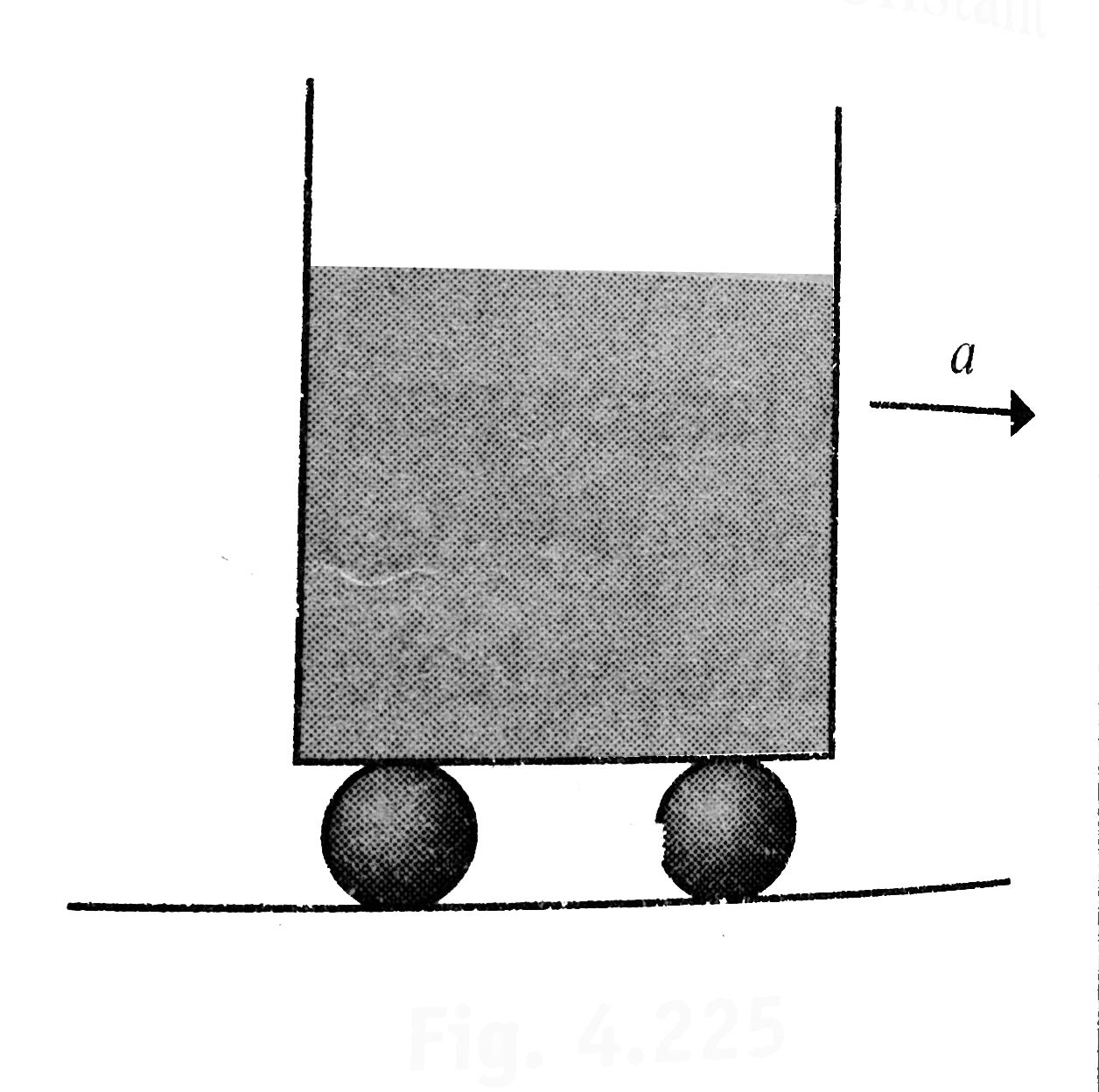Mark the correct statement.
∣∣→a+→b∣∣≥|→a|+∣∣→b∣∣
∣∣→a+→b∣∣≤|→a|+∣∣→b∣∣
∣∣→a−→b∣∣≤|→a|+∣∣→b∣∣
All of the above
The correct Answer is:B
To solve the problem of determining the correct statement regarding the inequalities involving vectors A and B, we can follow these steps:
Step 1: Understand the Magnitude of the Sum of Two Vectors
We start with the expression for the magnitude of the sum of two vectors A and B:
|A+B|=√|A|2+|B|2+2|A||B|cosθ
where θ is the angle between vectors A and B.
Step 2: Analyze the Cosine Function
The cosine function varies between -1 and 1. Therefore:
- When θ=0∘ (vectors in the same direction), cosθ=1.
- When θ=180∘ (vectors in opposite directions), cosθ=−1.
Step 3: Establish the Maximum and Minimum Values
Using the cosine values:
1. Maximum Value:
|A+B| is maximum when θ=0∘:
|A+B|≤|A|+|B|
2. Minimum Value:
|A+B| is minimum when θ=180∘:
|A+B|≥||A|−|B||
Step 4: Formulate the Inequalities
From the above analysis, we can conclude:
||A|−|B||≤|A+B|≤|A|+|B|
Step 5: Compare with Given Statements
Now, we compare the derived inequalities with the statements provided in the question:
1. |A+B|≥|A|+|B| (False)
2. |A+B|≤|A|+|B| (True)
3. |A−B|≤|A|+|B| (True)
Conclusion
The correct statements from the options provided are:
- Statement 2: |A+B|≤|A|+|B| is true.
- Statement 3: |A−B|≤|A|+|B| is also true.
Thus, the correct options are 2 and 3.
---
We start with the expression for the magnitude of the sum of two vectors A and B:
|A+B|=√|A|2+|B|2+2|A||B|cosθ
where θ is the angle between vectors A and B.
The cosine function varies between -1 and 1. Therefore:
- When θ=0∘ (vectors in the same direction), cosθ=1.
- When θ=180∘ (vectors in opposite directions), cosθ=−1.
Using the cosine values:
1. Maximum Value:
|A+B| is maximum when θ=0∘:
|A+B|≤|A|+|B|
|A+B| is minimum when θ=180∘:
|A+B|≥||A|−|B||
From the above analysis, we can conclude:
||A|−|B||≤|A+B|≤|A|+|B|
Now, we compare the derived inequalities with the statements provided in the question:
1. |A+B|≥|A|+|B| (False)
2. |A+B|≤|A|+|B| (True)
3. |A−B|≤|A|+|B| (True)
The correct statements from the options provided are:
- Statement 2: |A+B|≤|A|+|B| is true.
- Statement 3: |A−B|≤|A|+|B| is also true.
Topper's Solved these Questions
- VECTORSBook:CENGAGE PHYSICS ENGLISHChapter:VECTORSExercise:Exercise Multiple Correct
Explore 5 Videos
- VECTORSBook:CENGAGE PHYSICS ENGLISHChapter:VECTORSExercise:Exercise Subjective
Explore 28 Videos
- TRAVELLING WAVESBook:CENGAGE PHYSICS ENGLISHChapter:TRAVELLING WAVESExercise:Integer
Explore 9 Videos
- WORK, POWER & ENERGYBook:CENGAGE PHYSICS ENGLISHChapter:WORK, POWER & ENERGYExercise:Archives (integer)
Explore 4 Videos
Similar Questions
Mark out the correct statement(s).
View SolutionMark out the correct statement(s).
View SolutionMark out the correct statement regarding X-rays.
View SolutionMark out the correct statement(s) regarding waves.
View SolutionMark out the correct statement among the following.
View SolutionMark out the correct statement(s) regarding electrolytic molar conductivity.
View SolutionMark out the correct statement with respect to thermal radiations emitted by a black body
View SolutionA point source of light is taken away from the experimental setup of photoelectric effect. For this situation, mark out the correct statement (s).
View SolutionAn open vessel containing liquid is moving with constant acceleration a on a levelled horizontal surface. For this situation mark out the correct statement(s).

View SolutionTwo speakers are placed as shown in Fig.7.98.
Mark out the correct statement(s)

View Solution